When it comes to weight loss, there is no wrong or right way to do it. (That’s exactly why weight loss is so confusing.) But despite the fact that each person’s journey is different, there are still some universal “weight loss rules” that many of us try our best to follow — even if they aren’t the right fit for us.
So you may actually have to bend these rules to lose weight. To show you how to cheat your way slim, we’ve compiled a handful of weight loss “rules” that are begging to be broken—and we provided more effective ways to lose the extra layer, instead. And once you see those pounds begin to fly off, keep the progress going with these 15 Underrated Weight Loss Tips That Actually Work.
Sure, a hardcore HIIT workout or spin class may raise your heart rate and burn more calories more than yoga, but there’s something to be said for a workout that’s been scientifically proven to lower levels of the stress hormone, cortisol. Why is staying chill so important? The more cortisol that’s surging through your system, the hungrier and heavier you’ll become, according to a Psychoneuroendocrinology study. The bottom line: You need to be both active and stress-free to reach your body goals. So don’t kick your high-intensity workouts to the curb, but be sure to make time for calming workout like yoga, at least once a week, too.
STAY INFORMED: Sign up for our newsletter to get the latest food news delivered straight to your inbox.
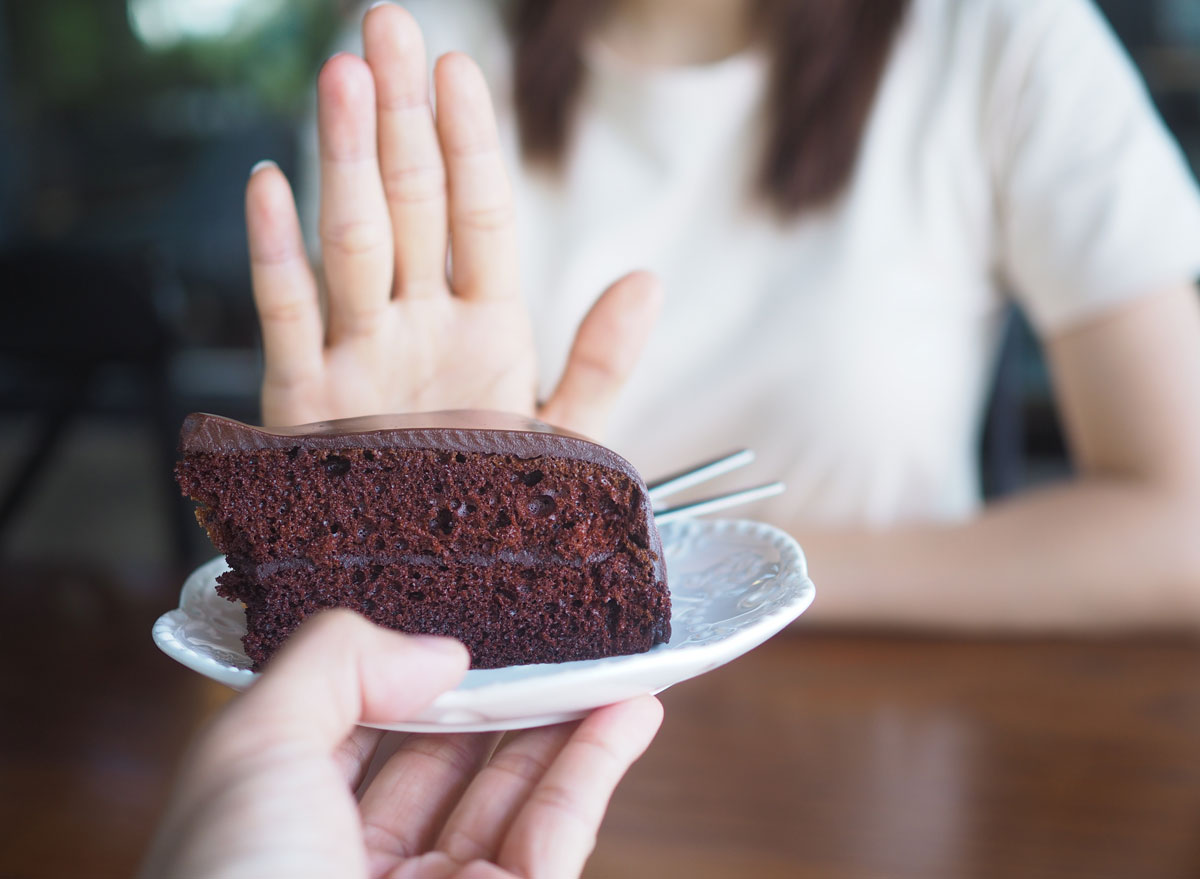
If you think you have to give up cookies and ice cream to lose weight, you’ve got things all wrong! (Cue the cheers!) While axing sweets altogether is an old school mentality, vowing only to indulge in treats during a special situation is the new school of thought that lets you literally have and eat your cake, too. “Instead of eating cookies alone on the couch, take the time and effort to go to a coffee shop and enjoy one there with a cup of green tea,” suggests registered dietitian nutritionist Dawn Jackson Blatner, RDN. “This lowers the odds you’ll overeat and will help you think of sweets as a sometimes treat.”
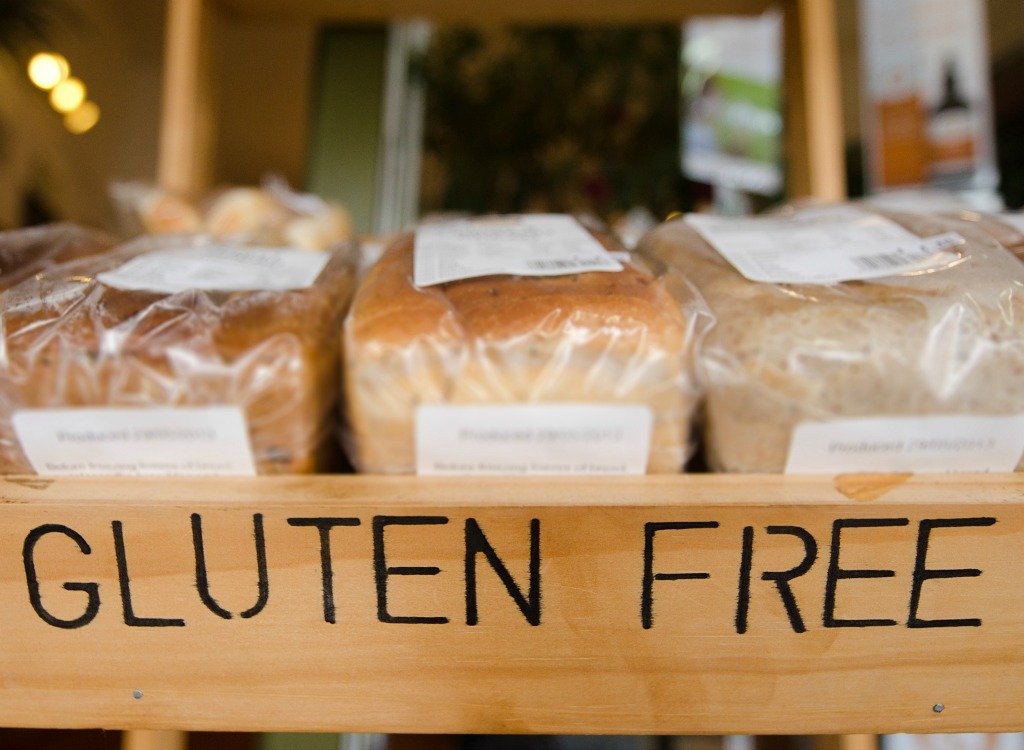
“It may be trendy, but going gluten-free rarely guarantees weight loss,” says registered dietitian Isabel Smith, MS, RD. “Instead, work on cutting out processed foods like sugary cereal and crackers. A diet rich in vegetables and free of processed fare and can aid weight loss more effectively than simply trading in a gluten-filled food for gluten-free varieties. It’s also far more nourishing.”
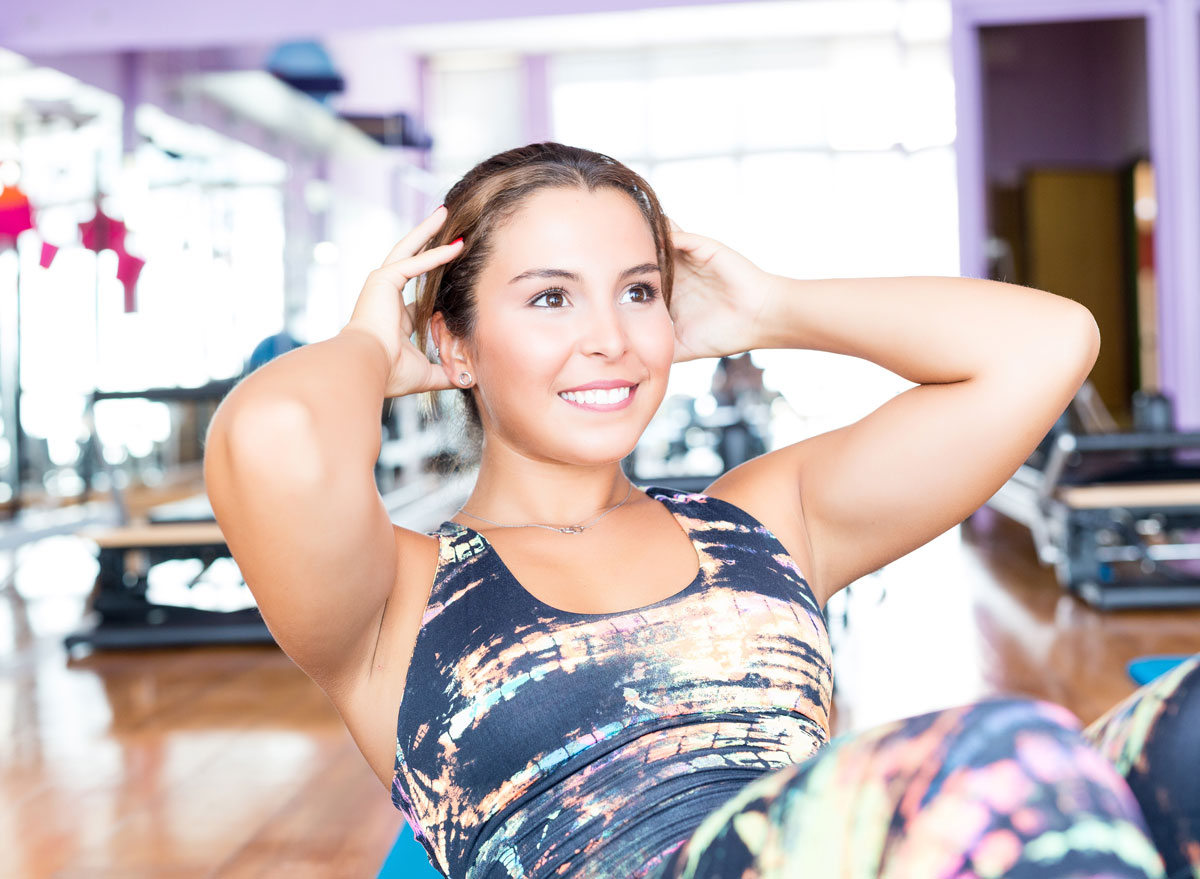
Doing sit-ups in hopes of getting great abs is a lot like studying for a test with the wrong set of notes. You may be working your butt off, but your efforts are misguided. Celebrity trainer Mark Langowski hasn’t done a sit-up in over a decade and still has a crazy-defined six-pack. How is this possible? He realized a long time ago that the largest role in losing pounds seeing any abdominal definition was diet. Add these 15 Best Foods for Abs and Weight Loss to your diet to get a lean stomach à la Langowski.
Eat This! Tip: Although exercise may not be very effective in inducing weight loss, you’ll need to hit the gym to maintain your slimmer figure. Aim for 60 minutes of moderate activity or 30 minutes of high-intensity activity daily.
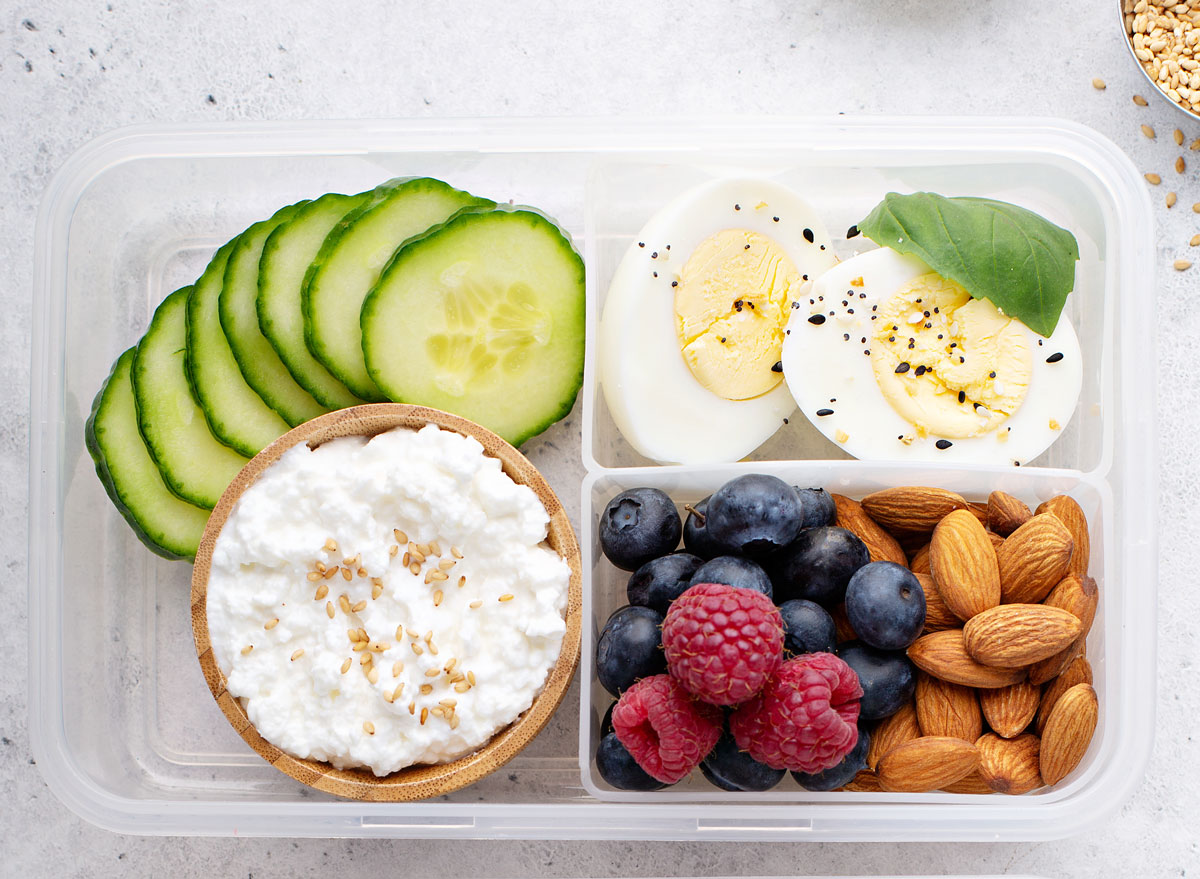
For years, weight loss experts said the ideal time to eat breakfast was within an hour of waking. The thought was that the longer you put it off, the higher blood sugar levels would rise, increasing the likelihood you’d choose high-cal, low-nutrient foods out of hunger. (There are an. additional 21 Things That Happen to Your Body When You Skip Breakfast.)
However, a new wave of research actually suggests pushing back breakfast to extend the natural period of fasting that occurs while we sleep. Why? When you push back your first meal of the day, it naturally reduces your “eating window”—the number of hours you spend each day noshing and nibbling. And according to a Cell Metabolism study, sticking to a smaller eating window may encourage weight loss—even if you eat more food throughout the day. For optimal results, make sure you have at least 12 hours between your last meal tonight and your first meal tomorrow.
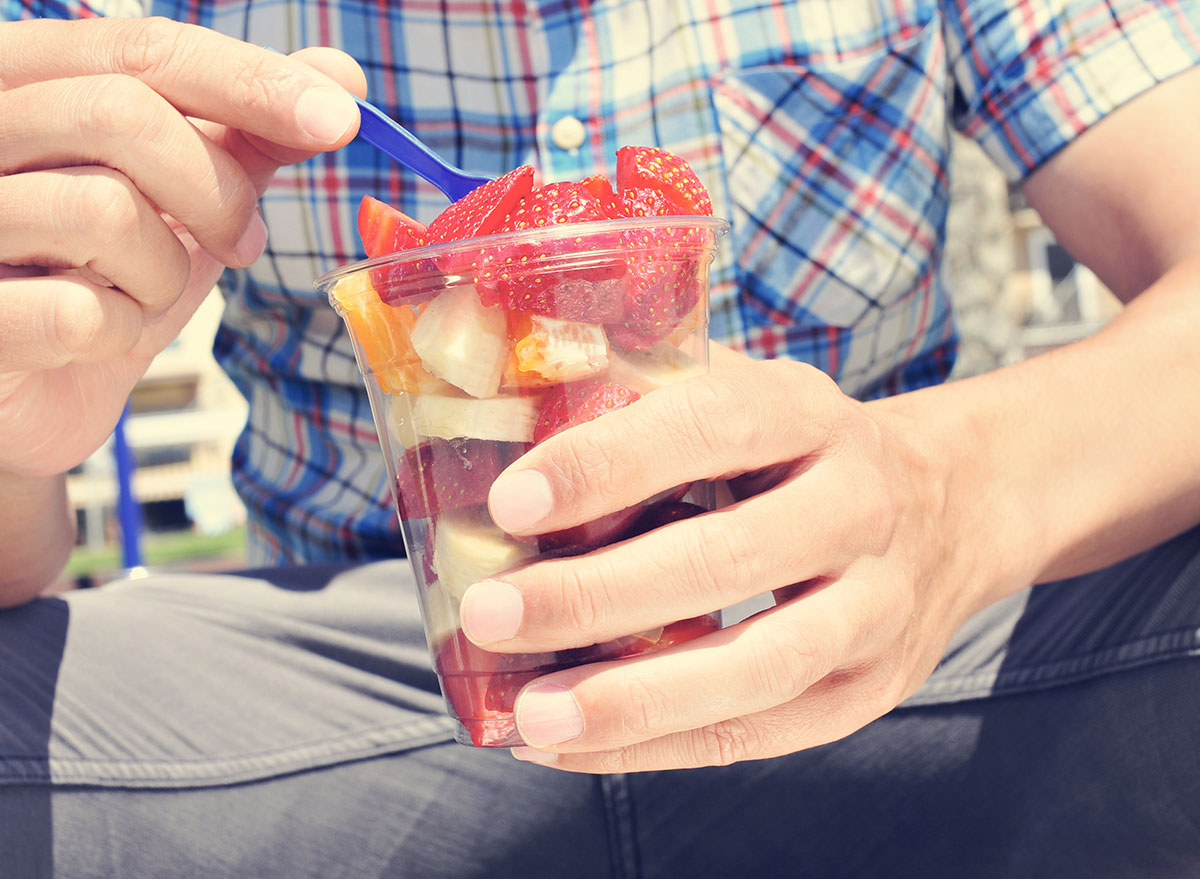
If you’re in the loop, you’ve heard that sugar is making a big impact on our health, as studies have linked our high consumption of the stuff to an increased risk of weight gain, obesity, diabetes, and heart disease. While we’re all for staying away from the added stuff, sugary fruits are a different story. Sure, fruit sugar is processed the same way in your body, but fruit is also packed with cancer-fighting antioxidants, water to help fill you up, and fiber to slow the digestion of those sugars—preventing your blood sugar from spiking like nutritionally-deficient refined sugar does. In fact, countless studies have found that increased fruit consumption is tied to lower body weight and a lower risk of obesity-associated diseases.
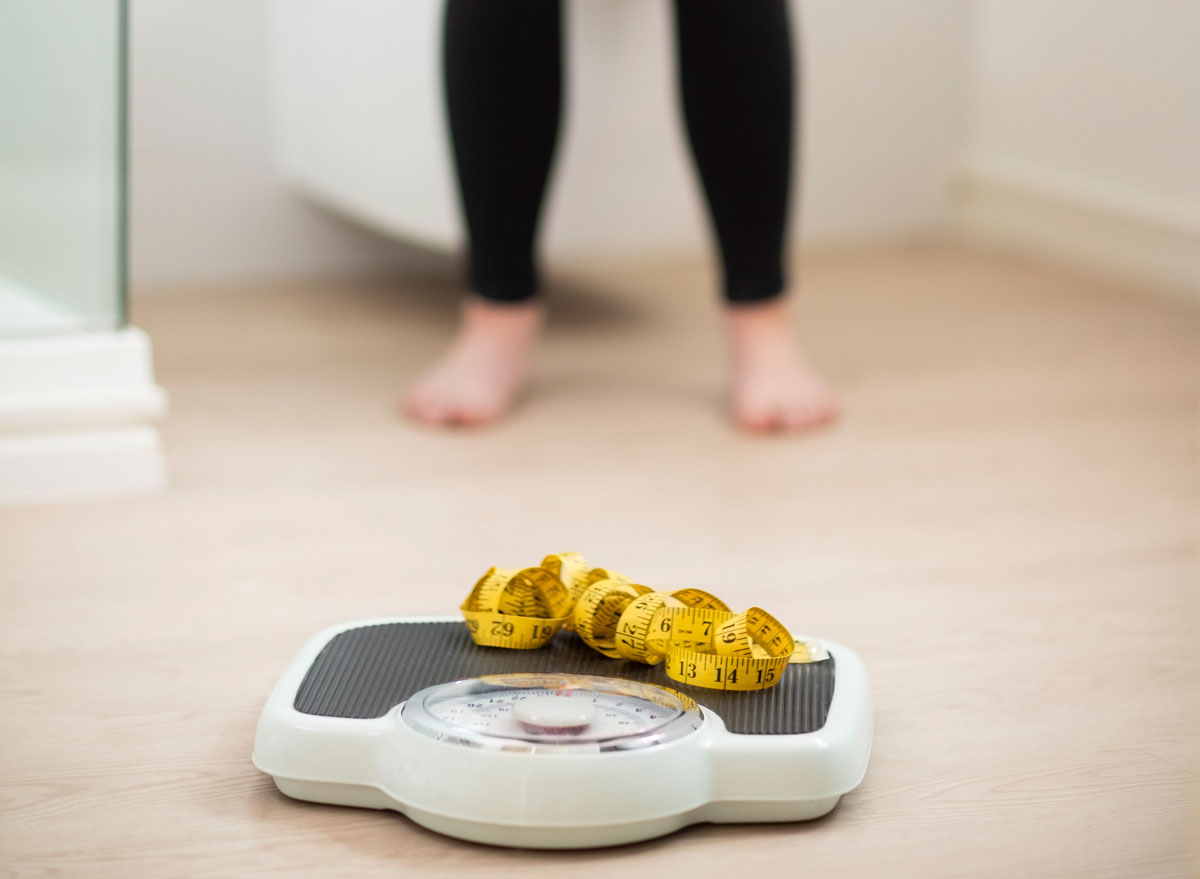
Many doctors and nutritionists tell their clients to hop on the scale no more than once or twice a week. Check in more often and it will turn into a daily torture ritual; hop on any less and your weight may get away from you, they say. Sure, that seems reasonable enough, but 2015 Cornell University findings suggest that shying away from the scale may not be the best approach to weight loss. According to senior author David Levitsky, people who weigh themselves daily and track the results are more likely to lose weight and keep it off than those who check in less often. The method “forces you to be aware of the connection between your eating and your weight,” Levitsky said in a press statement. “It used to be taught that you shouldn’t weigh yourself daily, and this is just the reverse. We think the scale also acts as a priming mechanism, making you conscious of food and enabling you to make choices that are consistent with your weight.” For more ways to shrink your gut, check out these 200 Best Ever Weight Loss Tips.
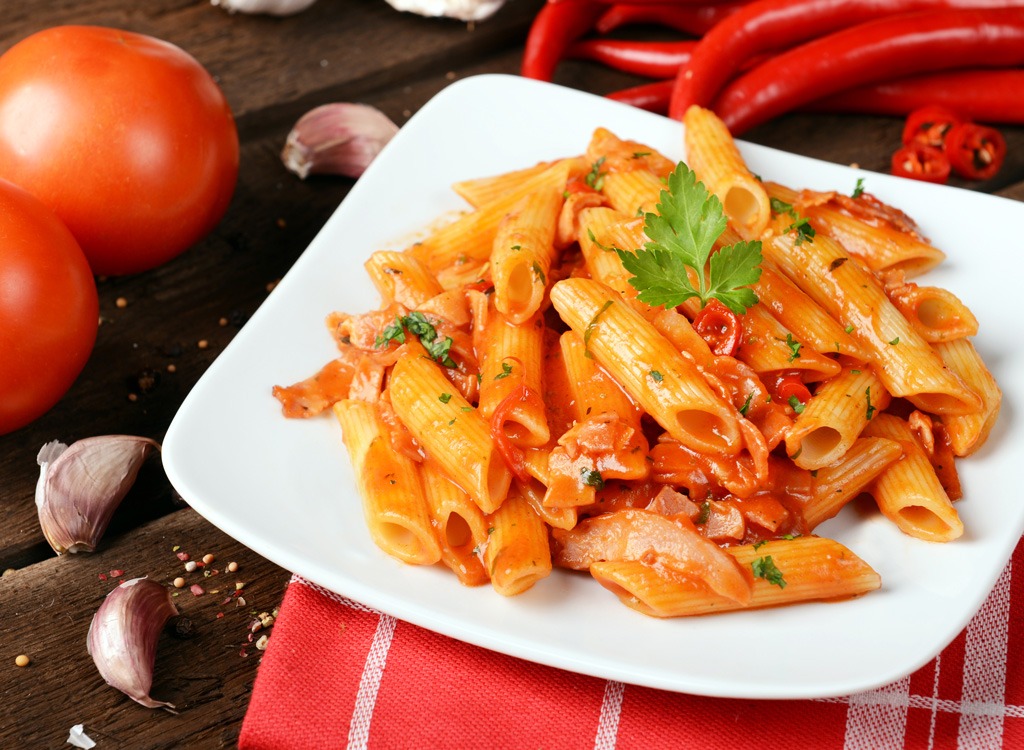
Despite what you may have heard, you don’t need to go low-carb to see the number on the scale dip. Complex carbs, like legumes, apples, and quinoa, are not the enemy, it’s the refined, or simple carbs, that you need to watch out for, says Smith. “Refined carbs digest quickly and spike blood sugar, boosting hunger, while fiber-rich complex carbs digest slowly and keep blood sugar levels steady, aiding weight loss,” she explains. To learn more about the best flat belly starches, check out these 25 Best Carbs for Weight Loss.

Some diets have a strict no-snacking policy, which, to be frank, is downright crazy! “Noshing throughout the day is key to blood sugar management,” says Smith. “When you don’t snack, you get hungry and make diet decisions you otherwise wouldn’t, which can hinder weight loss.” When choosing a snack, Smith recommends looking for something rich in fiber, protein or a healthy fat. “These nutrients all help to slow digestion and keep us full. Nuts, vegetables with hummus, or a piece of fruit topped with nut butter are my go-to’s.”
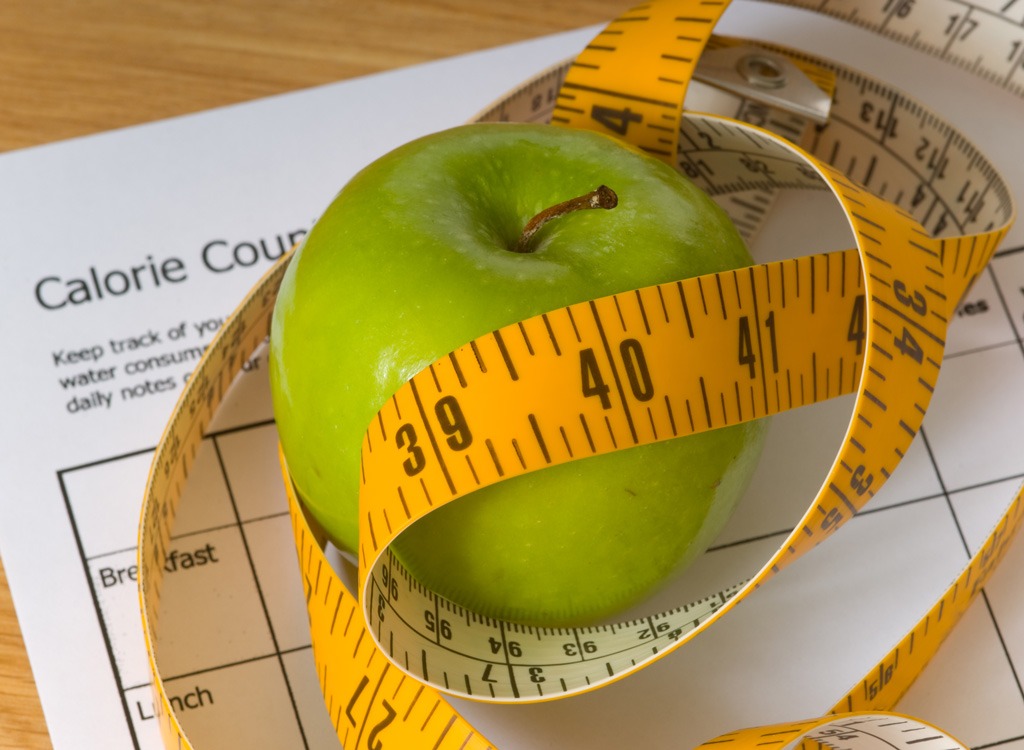
We live in an age when diet tracking is as easy as asking Siri how many calories are in a slice of bread and throwing the answer into an app. But despite the convenience factor, recording everything that goes is not your mouth isn’t realistic for everyone—and that’s okay. If that sounds like you, pay attention to your plate proportions instead. “I never recommend counting calories to any of my clients,” says Smith. ” Instead, I tell them to fill 50% of their plate at each meal with non-starchy vegetables like kale, broccoli and carrots. This ensures that they’ll take in a fair amount of fiber, which promotes satiety and weight maintenance.” Research backs Smith’s claim: A Brigham Young University College study found that women who consume more fiber have a significantly lower risk of gaining weight than those who eat less of the nutrient, likely because they consumed fewer overall calories throughout the day.
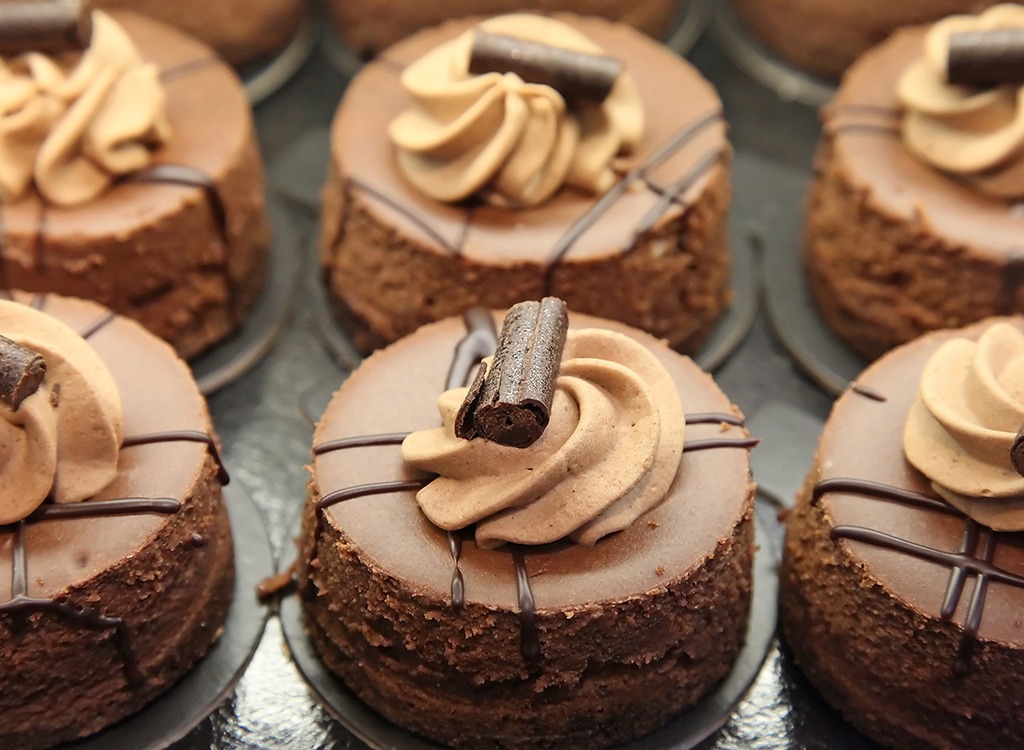
Almost everyone has heard the rule that it’s okay to eat anything and everything so long as you do so in moderation. Chocolate? Sure—but just a bite! Chips? Those get the green light, too, so long as you stick to a small handful. But a 2015 PLOS ONE study of 6,814 people debunked the moderation myth, concluding that varied diets lead to weight gain and belly fat more often than not. “Though it can be scary to imagine completely cutting out the foods that you love, eating everything in moderation is actually near impossible—especially when it comes to foods with addictive properties, like sugar. You’ll likely find yourself going back for more and more which can slow your weight loss results,” explains registered dietitian Cassie Bjork, RD. “That’s why it’s actually more beneficial to completely cut out the foods that increase your cravings and keep you wanting more.” For example, if you know that bacon is your #1 trigger food it’s best to cut it out altogether rather than trying to stick to a small serving.
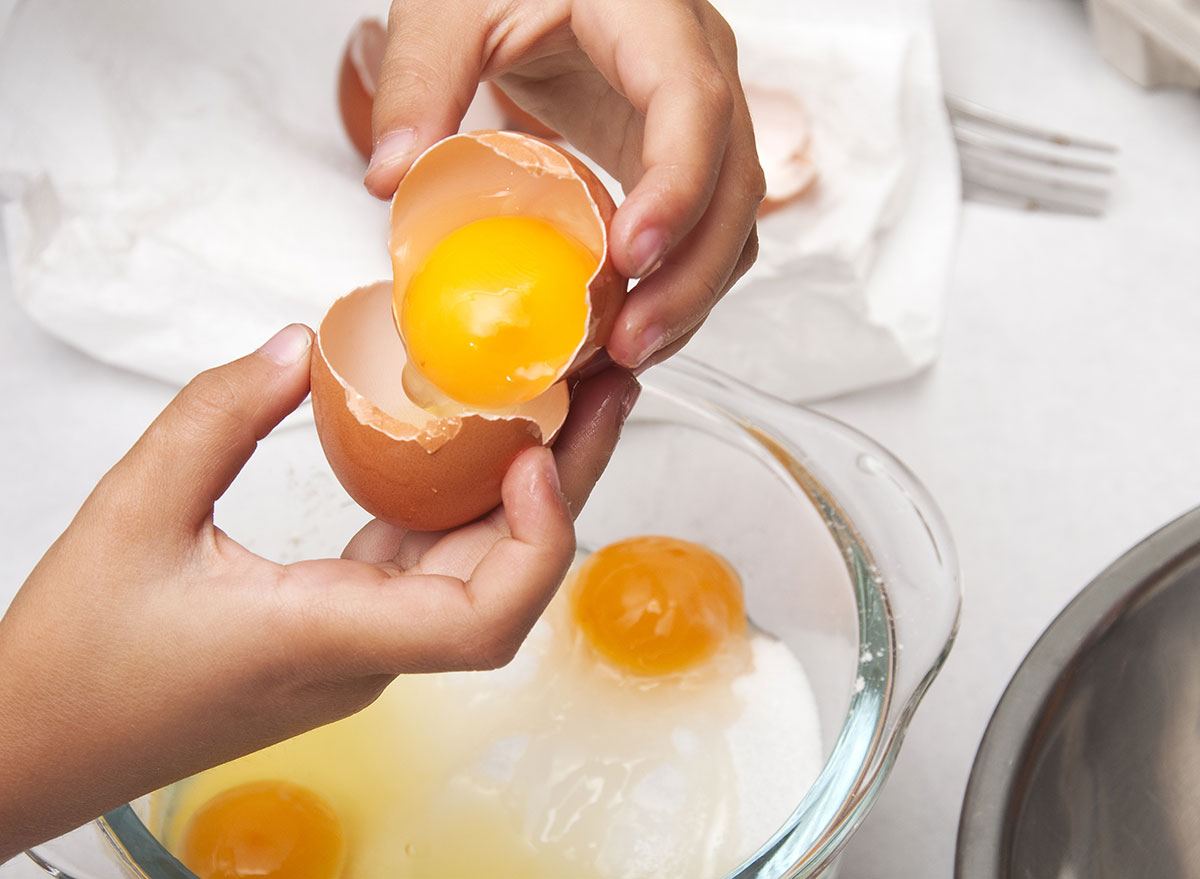
To eat the yolk or not to eat the yolk? That’s the age-old question! When it comes to eggs, the messages have been a bit scrambled. Lucky for you omelet lovers, the 2015 Dietary Guidelines Advisory Committee recently set the record straight when they dropped their longstanding recommendation to limit dietary cholesterol due to countless studies confirming that this variety has little effect on blood cholesterol levels—that means there’s no reason to shun the yolk. In fact, the yellow contains a fat-fighting nutrient called choline, so opting for whole eggs can actually help you trim down. To reap the flat-belly benefits, whip up some of these 25 Best Egg Recipes for Weight Loss.

Now that you’ve cut out sugary sodas and juices, water is your #1 hydrator—and that’s great! But if you think agua is the only weight loss-friendly beverage on the block you’re quite mistaken. In fact, unsweetened coffee and tea both carry negligible calories and can accelerate weight loss thanks to their appetite-suppressing caffeine content. But of all the low-cal java shop picks you can sip, green tea definitely has the edge. The Asian beverage is packed with something called catechins, antioxidants that have been shown to spot reduce belly fat. So go ahead, enjoy that second cup.

If you’re trying to burn fat and lose pounds, logging hours on the treadmill isn’t your best bet. That’s because you need muscle, not miles to burn fat. In fact, logging too many hours on the bike or track can actually boost your appetite eat away at your lean muscle mass, which, over time, slows metabolism and makes it harder to lose weight. Yikes! So what should you be doing instead? Opt for cardio with 20-30 minutes interval training just two or three times a week and focus on strength training the other two or three days a week, suggests Langowski.
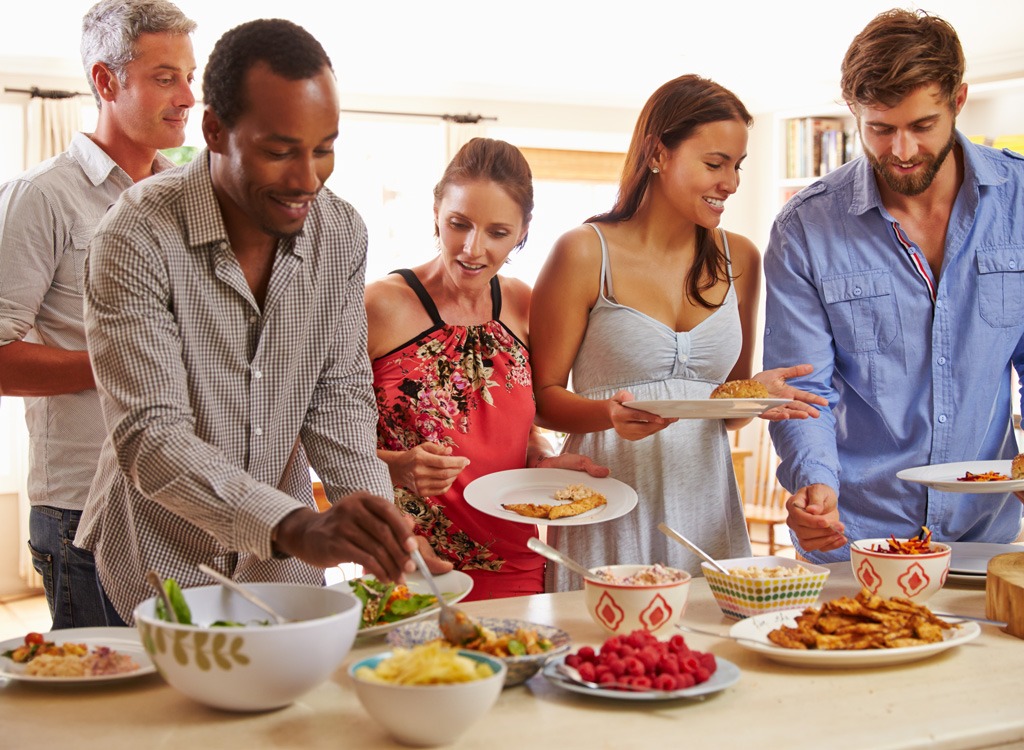
Eating different things each day may ensure you take in a wide breadth of nutrients, but it also may derail your flat belly efforts. “Choice is the enemy of weight loss. If you have too many options, you’ll likely get overwhelmed and just default to easy, unhealthy stuff,” says Carolyn Barnes, the health coach behind The Clean Momma Workout. “Instead, choose just a few healthy meals you find delicious and repeat them through the week. The next week pick new meals to repeat. This makes it easier to eat well because it simplifies planning, shopping, and cooking. Monotony is boring, but ‘delicious’ monotony is well, delicious!” Not sure what to make for the week ahead? Check out these 35 Best-Ever Chicken Recipes for Weight Loss!

Hey there, barfly, we’ve got some good news: You don’t have to cut out alcohol altogether to lose weight! However, if you’re going to booze, limit your intake to no more than three drinks per week and steer clear of caloric-sips like Long Island iced teas and margaritas. Instead, stick to lighter options like old fashions and mojitos. Prefer to grab a brewski? Go for Michelob Ultra or a Yuengling Lager Light—they’re two of the Best Beers for Weight Loss so they’ll do the least damage to your waistline. Oh, and don’t forget to steer clear of all those diet-derailing bar eats—that’s one rule we’re not budging on.
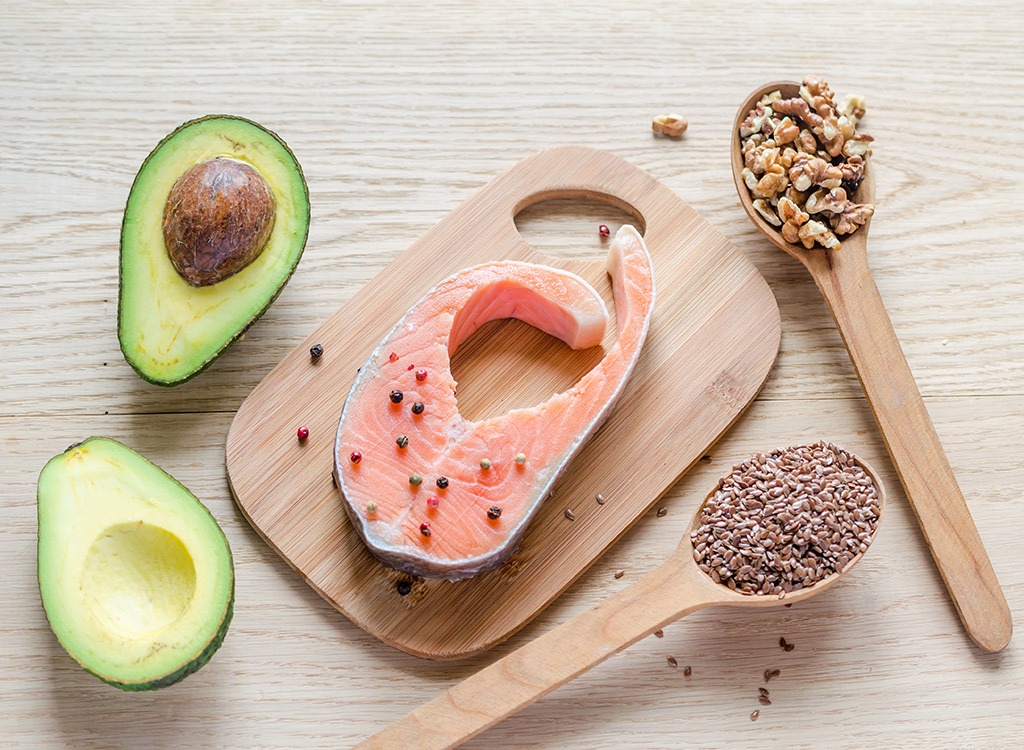
In the 90’s healthy foodies saw fat as their waistlines’ primary enemy. The popular belief at the time was that eating fat would make you fat. But we’ve come a long way since the days when reduced fat cookies were considered a health food. In fact, today diet experts can’t get enough of the stuff: “Fat, fat, and more fat—eat it!” advises Smith. “It’s brilliant for brain and skin health, it’s anti-inflammatory, and it boosts satiety and fuels weight loss. Things like nuts, nut butter, seeds, avocados, healthy oils and fatty fish are really satisfying, so you’ll feel less hungry and take in fewer calories after you eat them. Make sure to include them in your daily diet.” And speaking of fish, find out which ones are the best bets for your health and belly in our exclusive report Every Popular Fish—Ranked for Nutritional Benefits!!
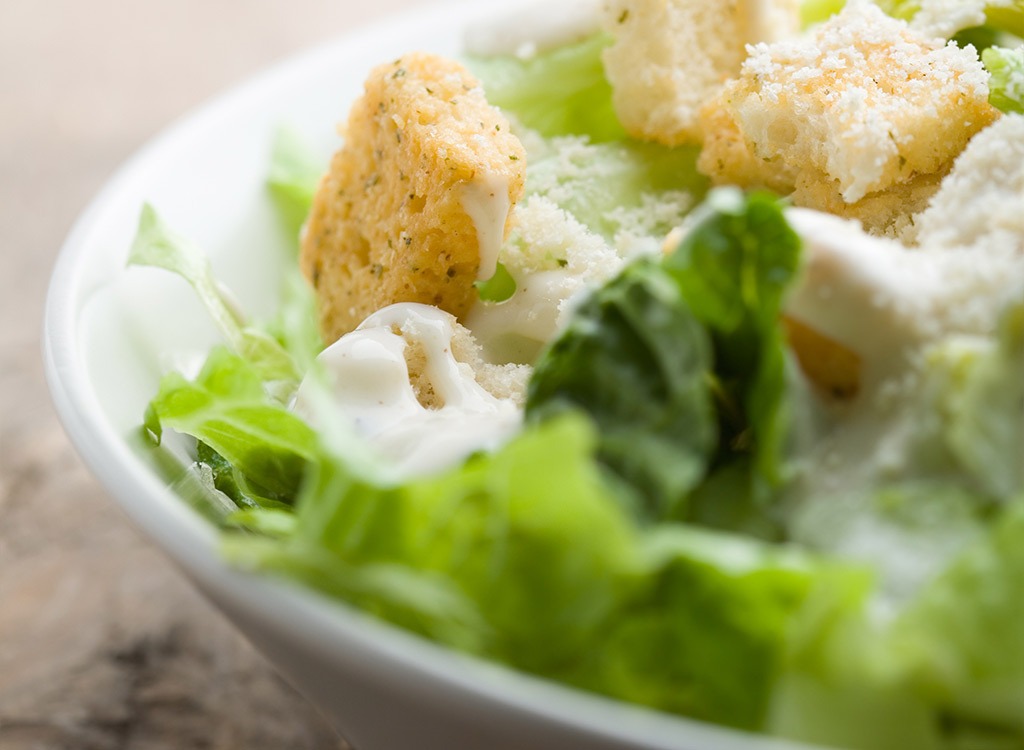
Think ordering a salad is always a healthy choice? Think again! Not only can some salads be entirely made up of carbs—with no staying power of satiating protein or healthy fats—assuming these bowls of lettuce are the epitome of good health isn’t good either. Many restaurant salads are secretly diet bombs that can detonate your flat belly progress; Just take a look at our exclusive report, America’s Worst Restaurant Salads. Some of these dishes can climb over 1,500 calories, 1,300 mg sodium, 80 grams of sugar, and nearly 100 grams of fat! When eating out, you might be better off sticking with a small burger and subbing your fries for a side salad.

You’ve probably heard the timeless diet advice—eat less, and move more—but that doesn’t mean you have to work out an excessive amount. Sure, studies show moderate intensity exercise is good for your health, but over 50 studies have contributed findings that exercise may not be the best way to lose weight. Besides the fact that exercise can undermine weight loss by making you hungrier, it can also create a false hope that you can continue to indulge as long as you’ve created a calorie deficit. Think of it this way: a 180-pound female who bikes at a moderate effort for 30 minutes only burns about 285 calories. All that work would be entirely undone by a single chocolate frosted donut from Dunkin Donuts. Plus, sometimes life gets in the way and you don’t have time to work out one day. So as long as you have a healthy, well-balanced diet to fall back on—rather than working out so you can continue to treat yourself—exercise doesn’t have to be the only way to lose weight.
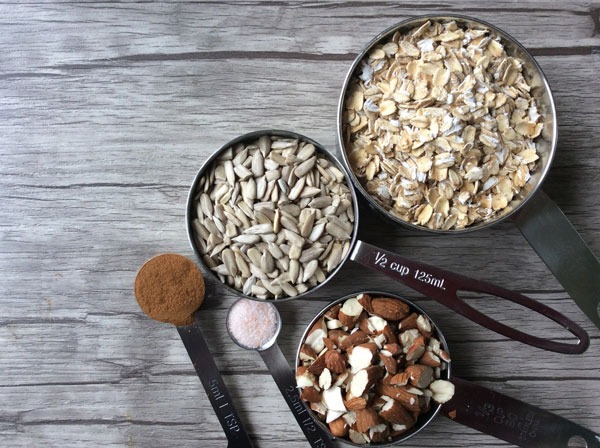
Portion control is one of the buzz words of weight loss, but that doesn’t mean you have to carry around measuring cups whenever you go out to eat. When your diet method is rigid and unwavering, it can make your plan more difficult to stick to as it feels like you’re constantly restricting yourself. Rather, simple tricks like investing in smaller cups and plates can make it easy to control portion sizes by forcing you to fit less on your plate—without you needing to pull out a scale and calculator at every meal.
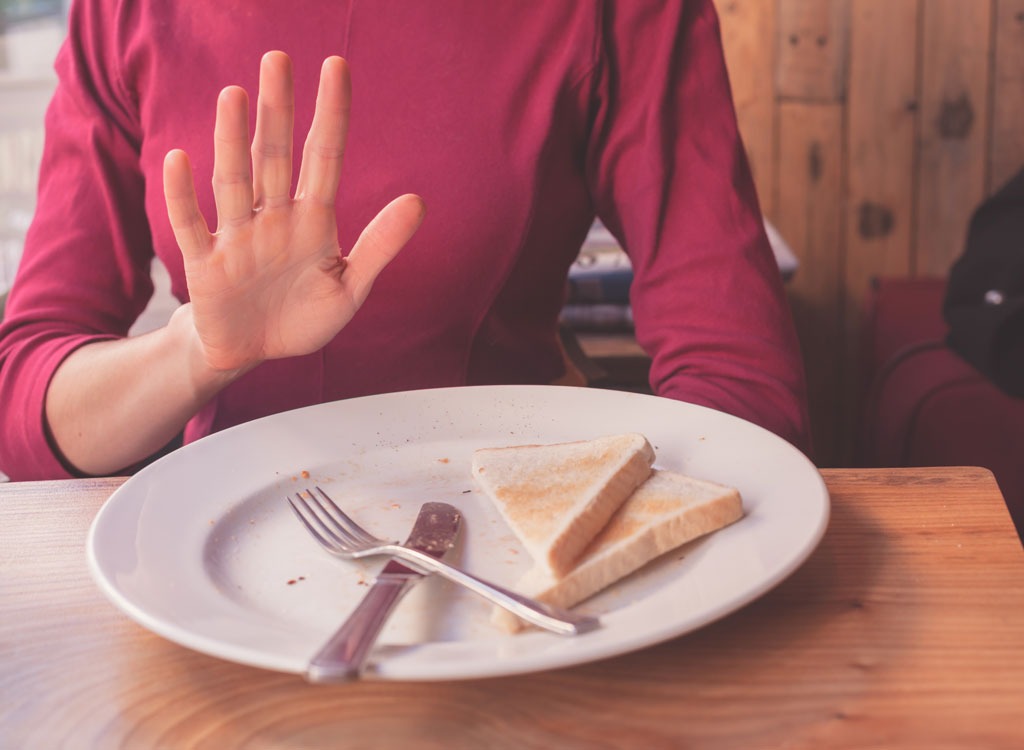
Whether it’s Paleo, Whole30, Atkins or whatever the current fad diet is, feel free to try it out—but don’t make it your be-all-end-all. Focus on a healthy, balanced variety of foods and sticking to the right portions rather than adhering to a vehemently structured diet that makes it appear as if there’s no room for error. You can also try out the 80-20 rule (#18 of our 30 Weight Loss Tips Better Than Counting Calories): just eat well 80 percent of the time and save 20 percent to splurge. That way, you won’t feel guilty or stressed out if you nab a slice of cake at your niece’s birthday party. Just try to keep the bar high on your indulgences. For example, craft a homemade dessert using quality ingredients instead of buying a packaged, processed treat.
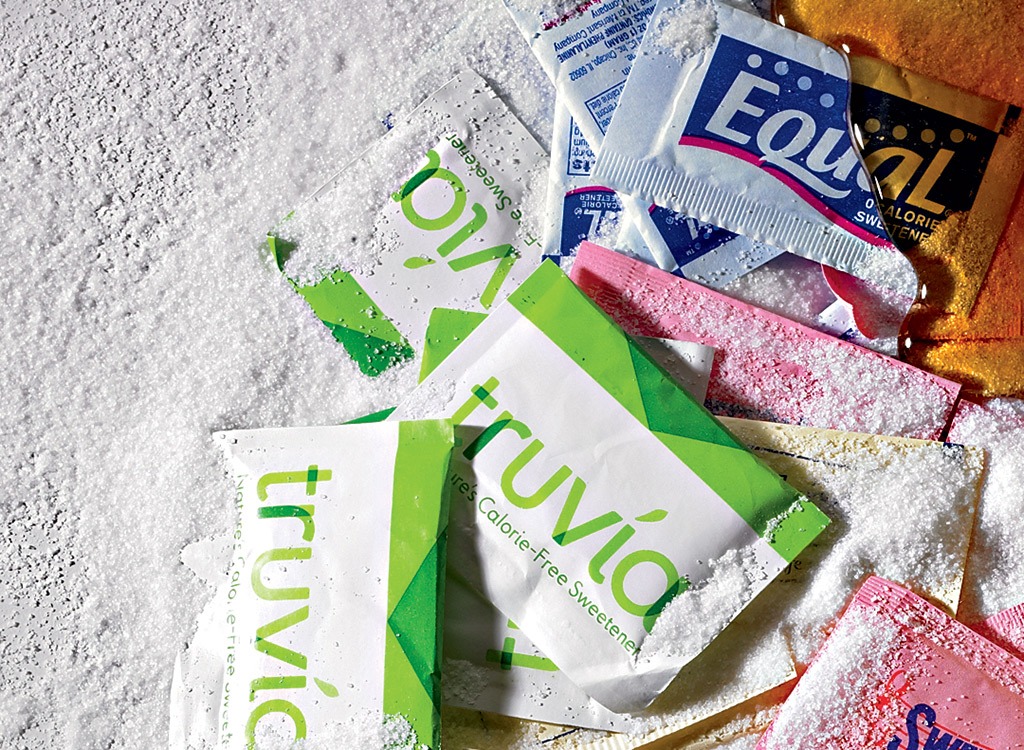
Sorry, diet-soda lovers. But continuing to feed your desire for sweet treats isn’t doing your weight loss journey any favors. In reality, you may be saving yourself calories and grams of sugar, but continuing to satiate your sweet tooth will only maintain your reliance on the stuff, making it more likely you’ll break your willpower to indulge in a treat. Plus, studies have shown that artificial sweeteners can damage your gut health, which can also buffer your chances at weight loss success. Instead, try sipping on seltzer, detox water, coffee, or green tea.

The myth that you “shouldn’t eat after 8” was disproved a long time ago: studies have found that your metabolism burns calories at a consistent rate at all hours of the day. The reason why other studies connect late-night eaters with weight gain isn’t because they don’t burn those calories; it’s because these night owls are more likely to binge eat or choose unhealthy foods. Eating before bed is not necessarily a diet no-no. In fact, going to bed with a rumbling tummy may actually hurt your slim-down efforts by preventing you from falling asleep or waking you up mid-slumber. On the other hand, eating one of the best foods before bed may help you drift into dream land.

First thing is first: Cheat day(s) are different from cheat meals. And the former—going nuts on the weekend as a reward for sticking to your diet during the week—is never a good idea. Studies have even shown that splurging on the weekend is just as bad for your gut composition—a factor that controls everything from your mood to weight loss—as eating a junk-food-filled diet throughout the week! Instead, try to stick to a well-rounded healthy lifestyle, and when it comes to cheat meals (or that 20 percent of the 80-20), read up on these 20 Cheat Meal Tips for Weight Loss Success.
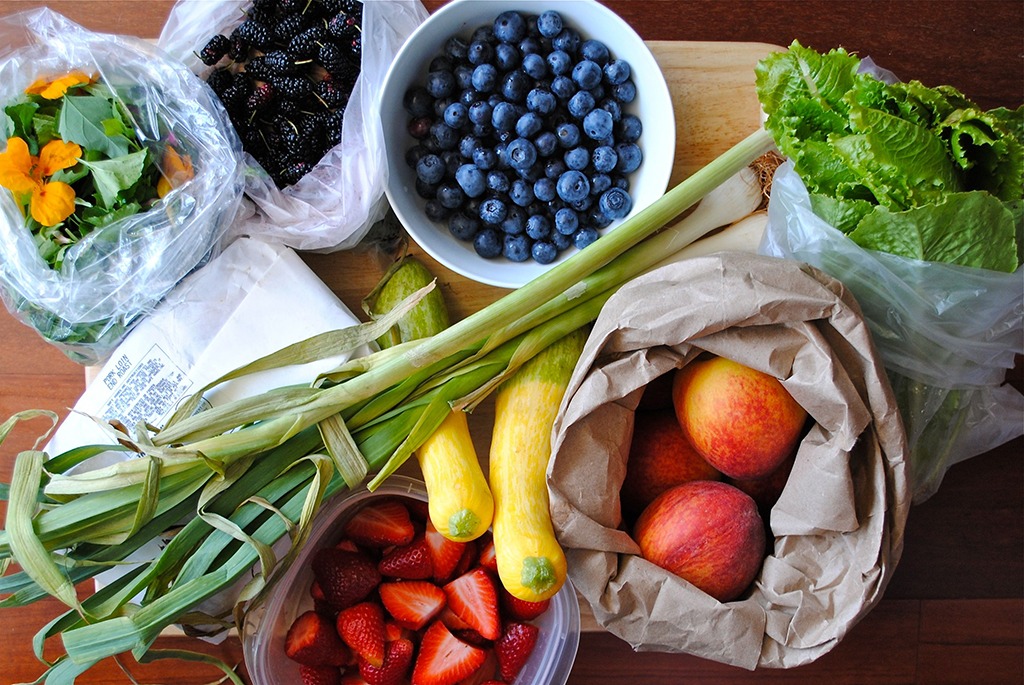
Research has shown that a vegetarian diet is one of the most effective diets for weight loss, and other studies have connected the lifestyle with a lower risk of cancer, diabetes, and a longer lifespan. While that might be the case, entirely cutting out meat from your diet isn’t always the best option. Meat is one of the most convenient and effective sources of protein to help you build and maintain lean muscle stores, which boost calorie burn and torch fat. The issue lies in the choice of meat that many Americans eat—processed hot dogs, fast food burgers, and frozen chicken nuggets—and what they eat it with—little to no veggies. Instead of leaving the protein off your plate, go with fat-blasting sources like grass-fed beef, wild salmon, or organic chicken, stick to a 3-ounce portion, and be sure to pair it with a serving of veggies.

The word “processed” certainly has a negative connotation, as it brings to mind scientifically-manipulated foods like Oreos and Doritos. But not all “processed” foods are as bad as you think—some are even nutritionist-approved! In reality, food processing lies along a diverse spectrum: unprocessed foods (i.e. veggies), minimally processed foods (i.e. meat or yogurt), processed ingredients (i.e. sugar, oil, or vinegar), processed foods (i.e. cheese, cured meats, and pickles), and ultra-processed foods (cheesy chips, chicken nuggets, and store-bought bread).
While you may think it best to stay completely away from store-bought products (and we certainly recommend that of those ultra-processed frankenfoods), there are some minimally-processed and processed foods which have immeasurable fat-burning powers, like Greek yogurt, sauerkraut, sprouted whole grain bread, and peanut butter. And don’t translate “avoiding unprocessed foods” to your veggies, too. Although you can (and should) eat raw veggies, not all foods are best raw. In fact, many studies have found that certain cooking methods—heating, boiling, or microwaving—work best for certain foods when it comes to extracting their unique nutrients.

Yes, please scour the nutrition labels and ingredient list to stay away from health-harming additives and fattening ingredients. But don’t rely on a company’s marketing of their product. They may claim a food is “Fat-Free,” but that doesn’t mean it’s healthy; manufacturers often replace ingredients with sugar, artificial sweeteners, or sodium to compensate for lost flavor.
Always double-check the nutrition label on the package, and watch out for sneaky serving sizes—many companies will provide nutritional information for a smaller intended portion than what the average person eats or even what the packaging infers you should eat (think: a twin pack of Pop-Tarts that only provides information for a single pastry).

